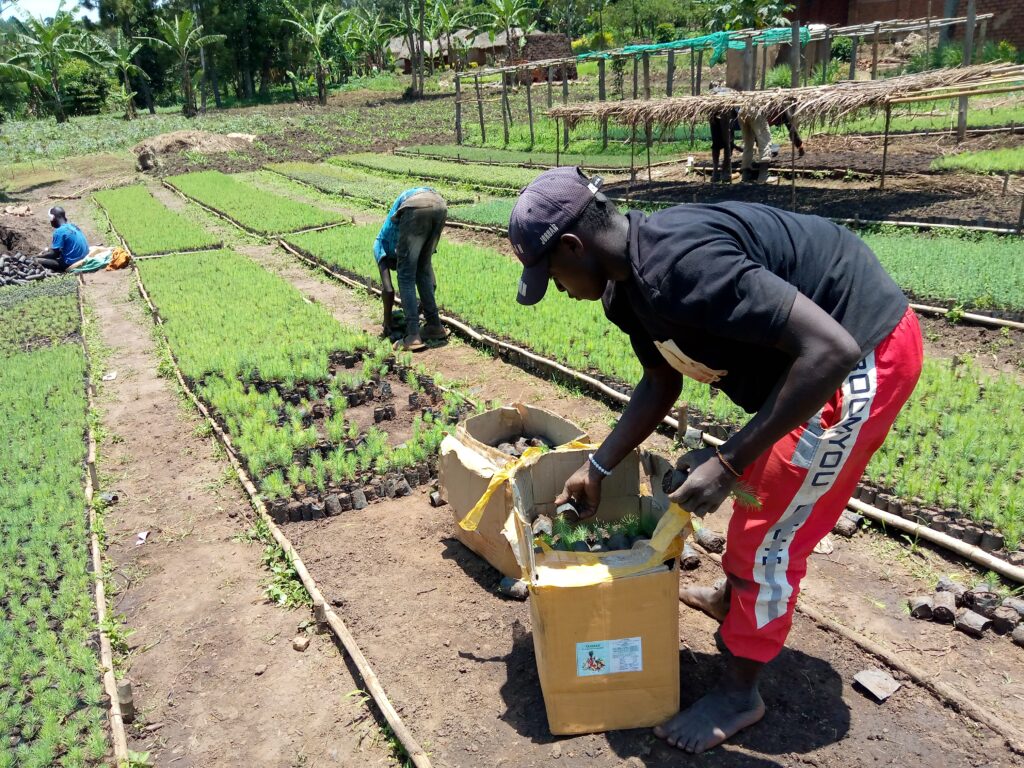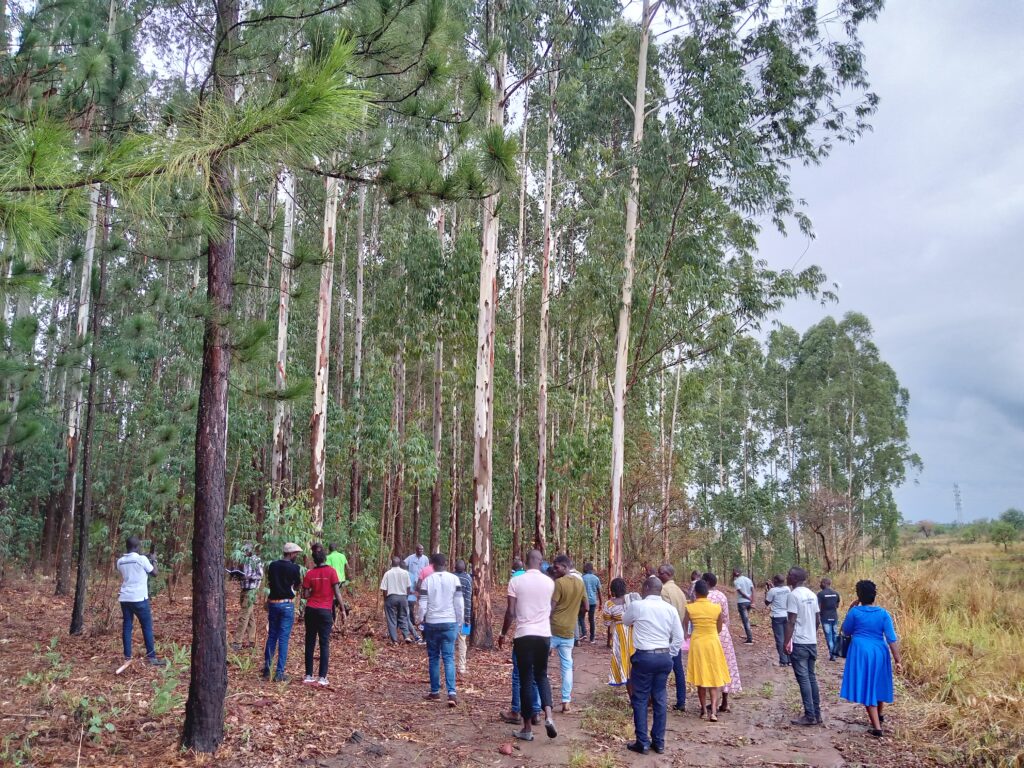A Greener Future for the West Nile Region
At Amici di Angal, we believe in the power of trees to transform lives and landscapes. Our Trees Project is an ambitious reforestation initiative aimed at revitalizing the Nebbi District in Uganda’s West Nile region. This project is more than just planting trees—it’s about promoting sustainability, empowering communities, and creating lasting change.
Currently, the immediate need for firewood and building materials outweighs long-term resource planning, leading to an increasingly dry and spoiled landscape and a trend towards desertification. This project intends to restore the forest ecosystem, protecting it from further depletion and promoting conscious management. It acknowledges the right of current and future generations to a healthy environment.
Why the Trees Project Matters
In Nebbi District, the urgent demand for firewood and building materials has led to widespread deforestation, leaving the land at risk of desertification. Without action, the region’s natural resources—and the communities that rely on them—face a precarious and unsafe future.
The Trees Project is our response. We’re committed to restoring the forest ecosystem, protecting it from further degradation, and ensuring that both current and future generations can enjoy a healthy, thriving environment.
Our Vision and Goals
- Reforestation: We’re planting native trees across 400 km2 of the West Nile region. Our goal is to increase forest cover from the current 5% to 10%, boosting biodiversity and enhancing ecosystem.
- Community Engagement and Economic Development: This project is driven by the people of Nebbi District. By involving local communities, we’re not only restoring forests but also creating jobs and sustainable income sources, helping to lift families out of poverty.
- Environmental Education and Awareness: We believe that knowledge is power. That’s why we’re raising environmental awareness among local populations and stakeholders, ensuring that everyone understands the importance of preserving and managing their natural resources.
- Sustainable Development: We are adopting best practices in forestry and partnering with local governments and organizations. We’re laying the foundation for a project that will thrive for generations to come.
- Building Climate Resilience: Through reforestation, we’re contributing to the fight against global climate change. By sequestering carbon dioxide, improving air quality, and supporting broader ecological stability, the Trees Project is making a tangible difference for our planet.

Why do we believe in this project? Let’s face a honest and transparent SWOT analysis.
| Strengths | Weaknesses |
| High Social Impact: The project addresses a critical issue with significant social and environmental benefits, resonating with the community and stakeholders. Expertise and Experience: The project is driven by a team of highly qualified professionals, ensuring effective planning and execution. Broad Beneficiary Engagement: A large number of beneficiaries are directly involved, fostering strong community ownership and participation. Robust Partnerships: Strong collaborations with key institutions and beneficiaries, such as ATLA and the local hospital would boost project endorsements and support. Land Availability: Sufficient land resources are available for reforestation, facilitating smooth project implementation. Institutional Support: Active and supportive involvement from local institutions and a motivated local lobby provide essential backing. Cost-Efficiency: The project benefits from moderate startup and implementation costs, making it economically feasible. | Limited Scale: The current small scale of the project limits its overall impact, reducing its visibility and influence. Perceived as Non-Priority: In a region grappling with pressing issues such as disease and hunger, reforestation may be seen as a secondary concern, impacting community engagement and resource allocation. |
| Opportunities | Risks |
| Innovative Approaches: Opportunities to create tree fences can add value, enhancing both reforestation and land management practices. Access to Funding: There is availability of international funding focused on reforestation and climate resilience, which could be tapped to expand the project. Growing Interest: There is increasing interest from both the community and government, paving the way for future partnerships, additional funding, and resource support, such as receiving seedlings from the National Forestry Authority (NFA) for distribution. Scalability: The project is easily scalable, offering the potential to expand its impact across a larger area or to similar regions. | Delayed Impact: The long-term nature of reforestation means that tangible results are not immediate, which may lead to waning commitment from stakeholders and beneficiaries over time. Livestock Interference: Local farmers’ livestock may pose a threat to young trees, either through damage or distraction from reforestation efforts. Climate Variability: Climatic instability and irregular rainfall patterns could jeopardize tree growth and survival, particularly in the early stages of the project. |
